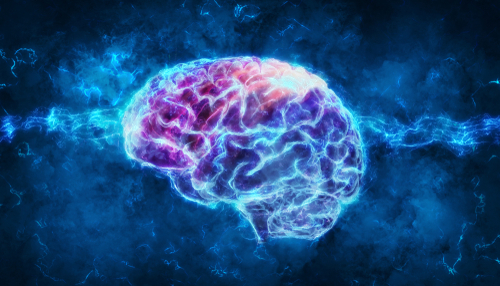Our brain is not just one thing at all. Our brain is made up of many different parts; the most obvious different parts being the reptile brain, the mammal brain and the newly-developed human brain.
We also all have within us a child, teen, and adult part, all of which have an influence over our behaviour. These parts are present in us all of the time, and each play a role in how we respond to life.
The child is the part of us that seeks comfort and looks to a caregiver or saviour to rescue us from difficulties, and is characterised by taking no action. The teen, or adolescent, is a bit more difficult and boisterous, sporting a ‘whatever’ attitude to life. The lack of a sense of adult responsibility can be quite enjoyable for a time, but the consequences soon catch up. The adult, then, is the part of us that is responsible and cooperative, taking action with everyone’s mutual gain in mind.
So, our different brains can have different functions at the same time, and we can have a variety of simultaneous reactions to triggers. It would be much simpler if these brains would take turns; then we would either just be a child, teenager or adult.
But that’s just not how it works. It is more like a democracy than a dictatorship and most of the time we have a hung parliament with no clear party in control. As a result there is a lot of negotiation needed between these parts of ourselves. And even then it’s not always clear who is in charge. We can be dysregulated in one part of our brain and watch that happening from another part of our brain. Even more astonishing is that, with some effort of conscious will, we can actually determine how much priority is given to these different reactions within us. We know we do this because when we get drunk, we suddenly get very bad at doing it. Most of the time, our idealised, well-regulated, Goldilocks response to any given situation is available to us because there is some part of this brain left that hasn’t been hijacked by a trigger. At the same time, another part of our brain can be reacting to the trigger. These two parts of the brain might then violently disagree on what to do next.
So, when you have a smallish over-reaction in your mammal brain, your self-aware, thinking human brain probably wants that to stop. This can be considered a bad thing, something which gets in the way of restoration of health in the nervous system. But there is also an upside. If we were to behave like teenagers, or babies, without any constraints during our actual adult lives, then we might quite quickly find that life becomes unmanageable. In fact, if you look at people for whom there are no consequences, whether children or adults, they often start to behave more and more wildly. This realisation that if we let our mammal biology run riot then our lives will be less manageable in the long run, keeps humans doing what they do best. It has been our evolutionary advantage. Out-voting the mammal in our biological hung-parliament has allowed humans to plan for higher survival rates.
You can download this post in a handy 2-page PDF to print and share with friends, family, clients or colleagues. Follow this link to download now.
You can buy a copy of The Invisible Lion now on kindle or paperback from your local Amazon store. Just click here to buy now.

